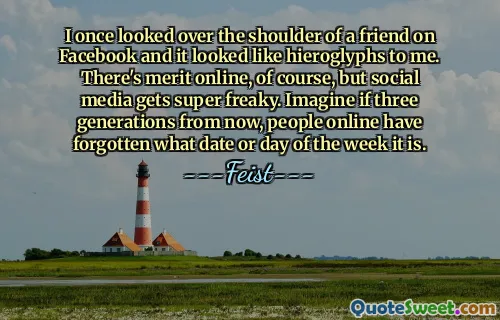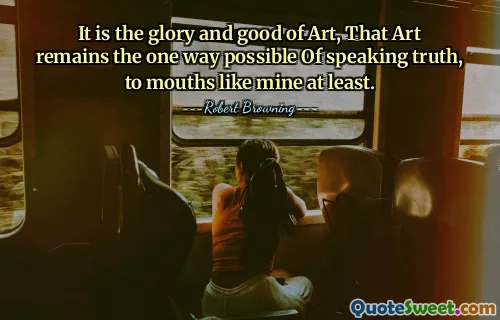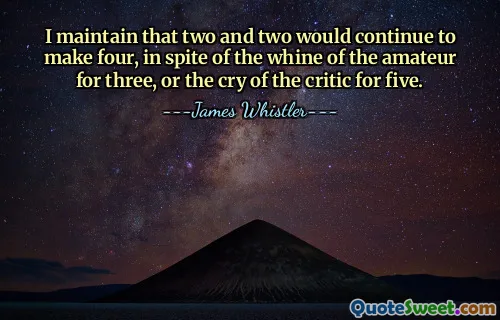
The purpose of art is to lay bare the questions that have been hidden by the answers.
Art functions as a mirror to the human experience, not merely to depict the world as it is, but to uncover deeper inquiries that often lie beneath the surface of accepted truths. When we encounter a piece of art, it can evoke introspection, challenge our assumptions, and prompt us to consider questions we may have never consciously posed. Art compels us to confront ambiguities, ambiguities that are often ignored in pursuit of definitive answers. In doing so, it opens a space for critical thinking and emotional exploration, allowing viewers to explore complexities that factual answers might oversimplify or overlook.
This quote highlights the paradox of art—its capacity to reveal what's hidden by conventional responses and ready-made solutions. Societally, such questions can relate to identity, morality, existence, and purpose, pushing us to reflect on fundamental aspects of life. On a personal level, art can guide us through introspective journeys, prompting us to question our beliefs, motivations, and perceptions. The process of questioning rather than settling for superficial answers leads to growth, insight, and sometimes even transformation.
In essence, art not only catalogs human experience but also interrogates it. It insists on the importance of curiosity, skepticism, and profundity in understanding ourselves and the world. This continual unveiling of questions crafts a dynamic dialogue, making art an essential tool in the ongoing quest for meaning. By engaging with art that challenges our perspectives, we cultivate an awareness that life is often more complex than it first appears—an invitation rather than an arrival.
---James Baldwin---











